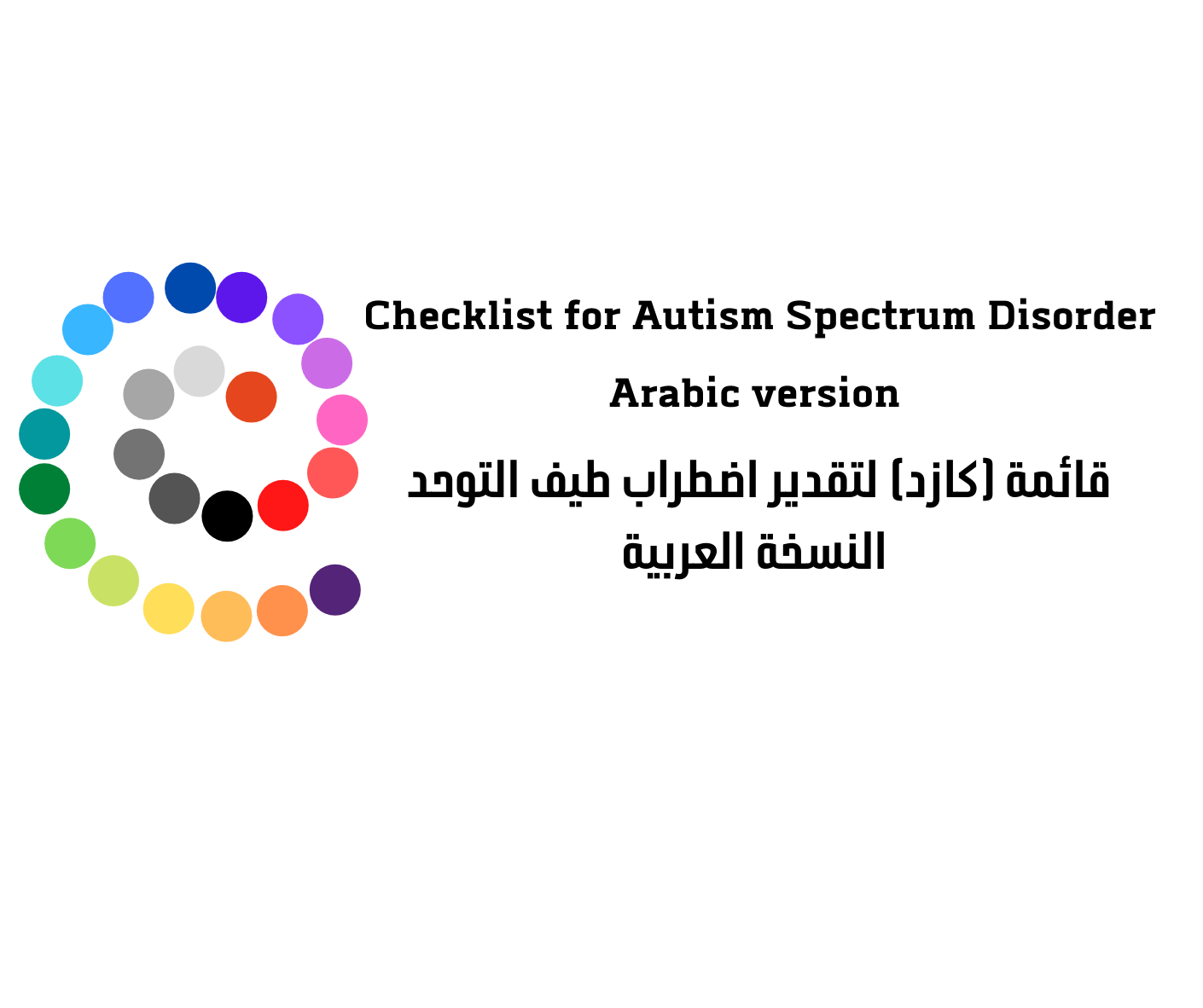Description
The CASD offers a quick, valid means of screening for, and diagnosing, children with Autism, regardless of age, IQ or Autism severity. It consists of a comprehensive list of 30 symptoms of Autism, scored as present (either currently, or in the past) or absent, based on a semi-structured interview with the parent; information from the child’s teacher or child care provider; observations of the child, and other available records.
Studies show the CASD differentiates children with Autism from those with ADHD with 99.5 percent accuracy, and from typical children with 100 percent accuracy. It is equally effective in identifying children who have Autism and normal, or below normal, intelligence.
The age range for using CASD is between 1-7 years old. The CASD administration takes 15 minutes. The CASD covers all the core symptoms are associated with autism based on the DSM-5 recommendation the Autism is a single-spectrum disorder

CASD symptoms are grouped in six domains
- Problems with social interaction
- Perseveration
- Somatosensory disturbance
- Atypical communication and development
- Mood and disturbance
- Problems with attention and safety
who can administrate the CASD
- Graduate-level training in intellectual assessment
- Psychologists
- Occupational therapists
- Educational diagnosticians
- Speech and language pathologists
*Final Scoring And Interpretation Would Best Be Conducted By Experienced Psychologists Who Adhere To Ethical Standards.
CASD Advantages
- Appropriate for all levels of intelligence
- Appropriate for toddlers through adolescence
- Simple and brief
- Provides information for diagnostic reports and treatment plan
- Clinically practical and cost-effective
- Useful for screening and diagnosis
- No extensive training required
- No test materials, software or scoring templates
Excellent Reliability And Validity
- Excellent congruence with DSM-IV-based clinical diagnoses
- 90% clinician/parent agreement
- High diagnostic agreement with other Autism instruments, including 98 percent with the Childhood Autism Rating Scale, and 93 percent with the Autism Diagnostic Interview-Revised.
The standardization sample included more than 1,000 children with Autism (1-17 years of age, IQs of 9-146), over 500 typical children, and children with other diagnostic groups (e.g., ADHD). All children in the Autism group had a total CASD score at, or above, the Autism cutoff of 15, which is the cutoff for both high- and low-functioning Autism. Scores of 10-14 are in the Pervasive Developmental Disorder-Not Otherwise Specified (PDD-NOS) range.
